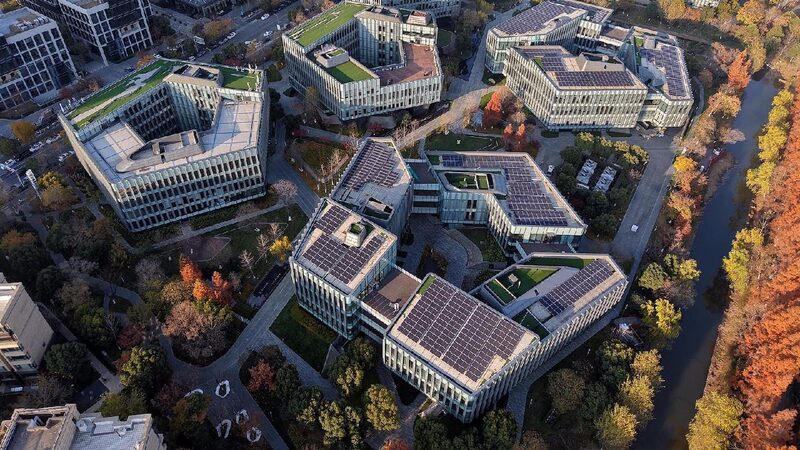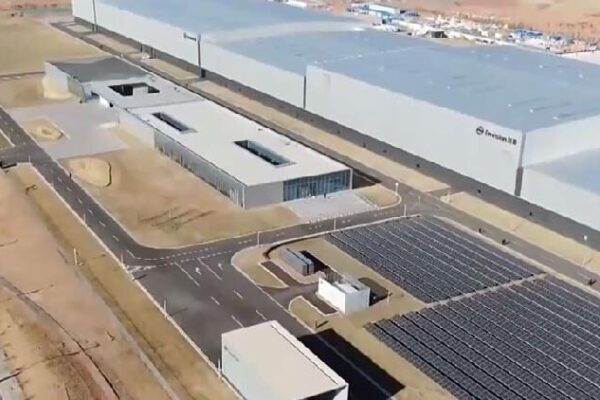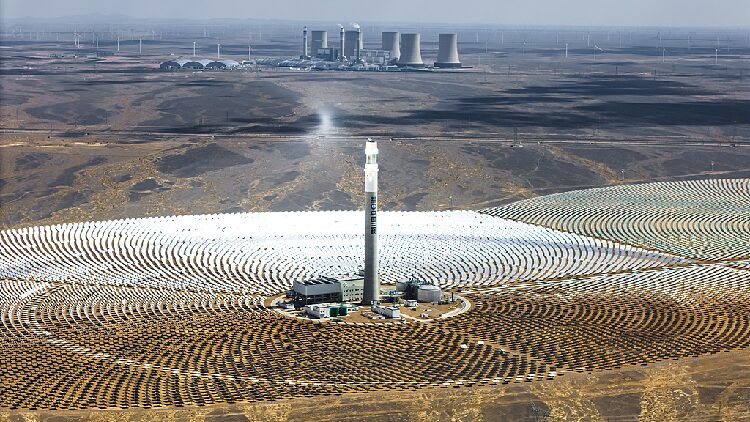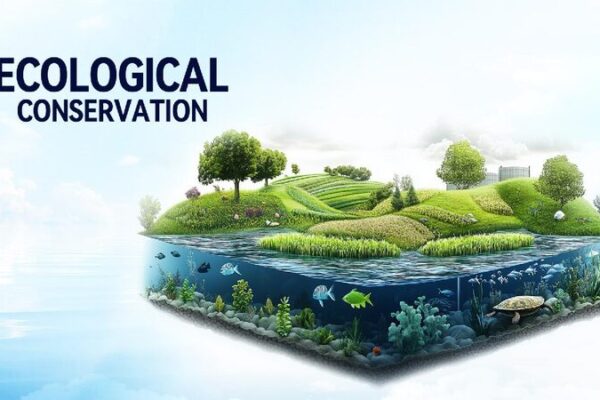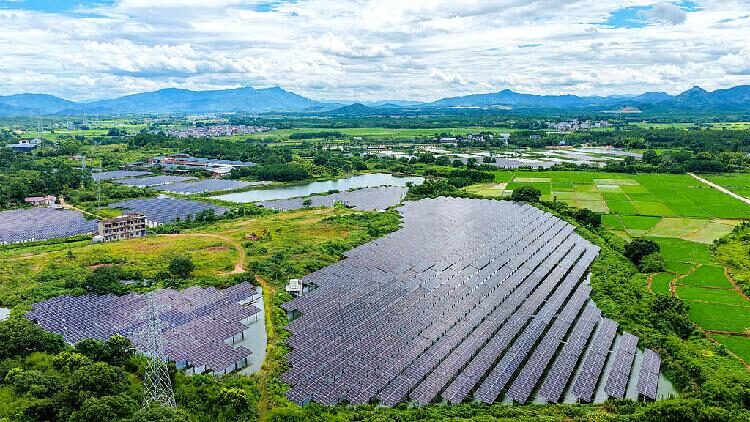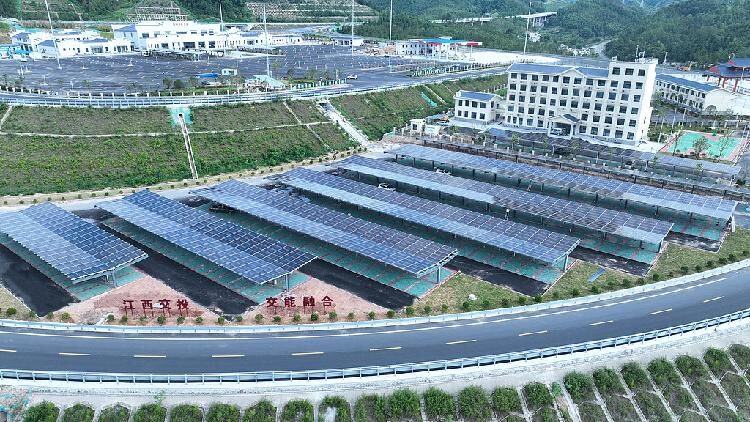At the Central Economic Work Conference held in Beijing this December, accelerating a comprehensive green transition and establishing zero-carbon parks were highlighted as key priorities. But what exactly is a zero-carbon park, and how does it contribute to a sustainable future?
Understanding Zero-Carbon Parks
A zero-carbon park is a specially designed area that achieves carbon neutrality by combining renewable energy sources, energy-efficient technologies, and carbon offset strategies. The ultimate goal is to balance carbon emissions by reducing them and offsetting any remaining emissions, reaching net-zero carbon emissions.
The Three Stages of Development
Zero-carbon parks typically progress through three stages of development:
1. Low-Carbon Park
In the initial stage, low-carbon parks focus on reducing carbon emissions by utilizing renewable energy sources like solar, wind, and hydropower, alongside energy-efficient technologies. While these measures significantly cut emissions, some greenhouse gases still persist.
2. Near-Zero Carbon Park
Building upon the foundation of low-carbon parks, near-zero carbon parks aim to reduce emissions to almost zero. They employ advanced technologies such as distributed energy systems, multi-energy supply networks, and enhanced carbon-reduction measures. Although emissions are minimal at this stage, small amounts may still need to be offset.
3. Zero-Carbon Park
At this final stage, zero-carbon parks achieve full carbon neutrality. They leverage a mix of renewable energy sources, cutting-edge energy-saving technologies, and carbon capture methods. Strategies like carbon capture and storage, as well as large-scale environmental restoration, ensure that any residual emissions are neutralized, resulting in true net-zero carbon emissions.
A Roadmap to a Sustainable Future
This progression from low-carbon to zero-carbon parks provides a roadmap for regions aiming to achieve full zero-carbon status. By embracing these strategies, countries can significantly contribute to global efforts to combat climate change and promote sustainable development.
Reference(s):
What is a zero-carbon park? From low carbon to net-zero emissions
cgtn.com
